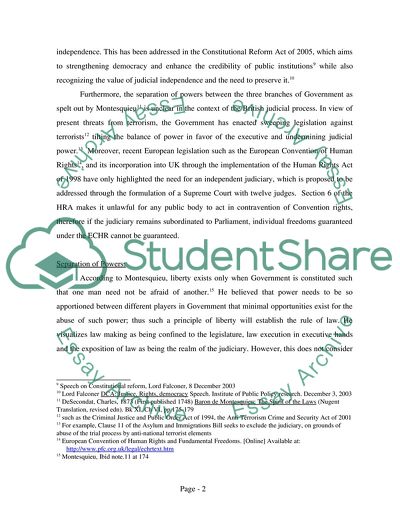Cite this document
(“The relationship between the executive, legislature and judiciary Essay”, n.d.)
Retrieved from https://studentshare.org/law/1539117-public-law
Retrieved from https://studentshare.org/law/1539117-public-law
(The Relationship Between the Executive, Legislature and Judiciary Essay)
https://studentshare.org/law/1539117-public-law.
https://studentshare.org/law/1539117-public-law.
“The Relationship Between the Executive, Legislature and Judiciary Essay”, n.d. https://studentshare.org/law/1539117-public-law.


